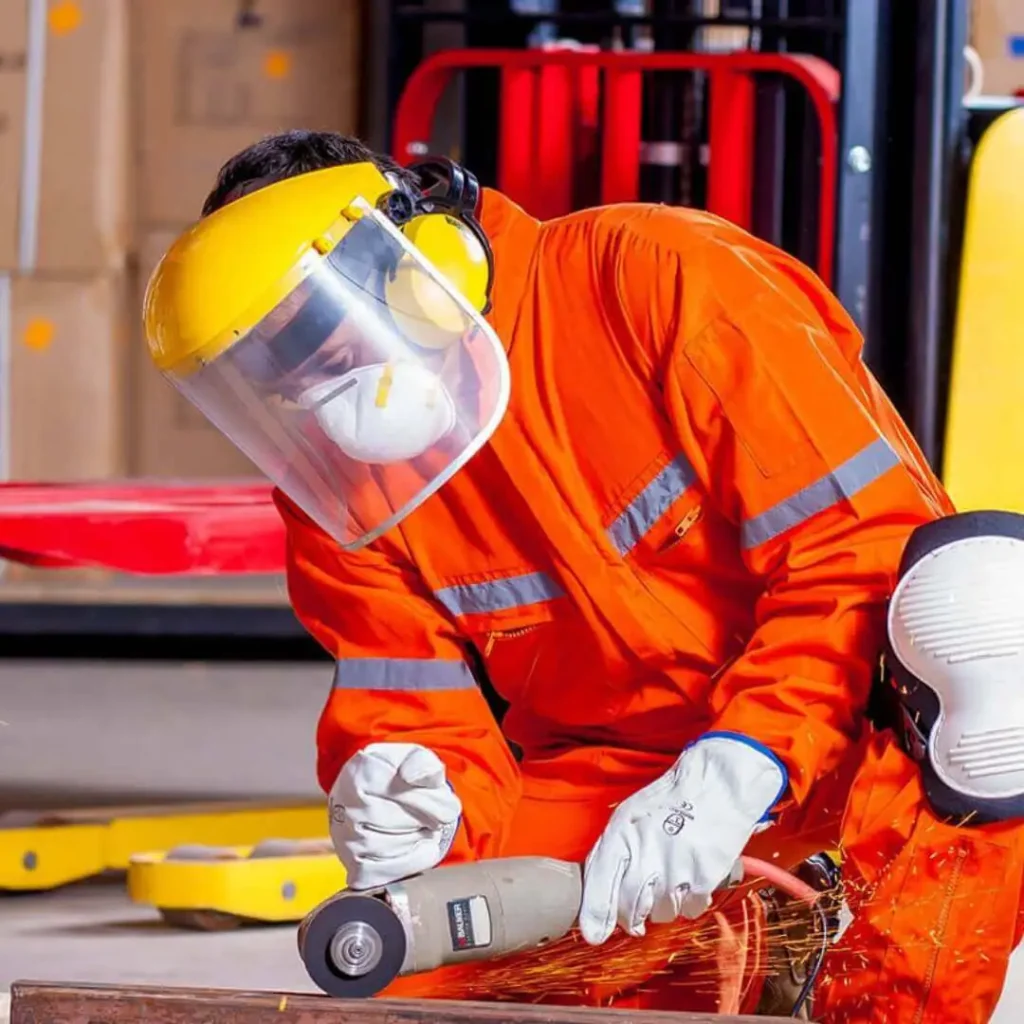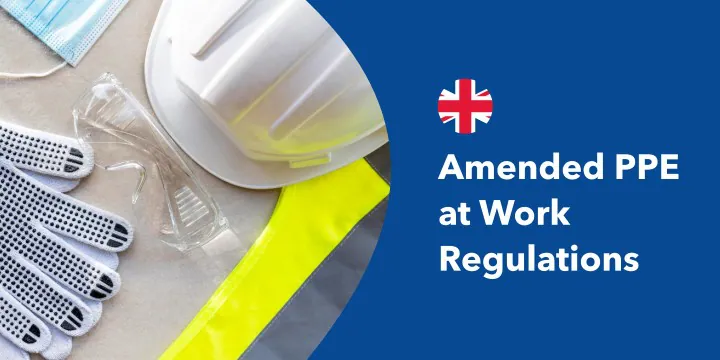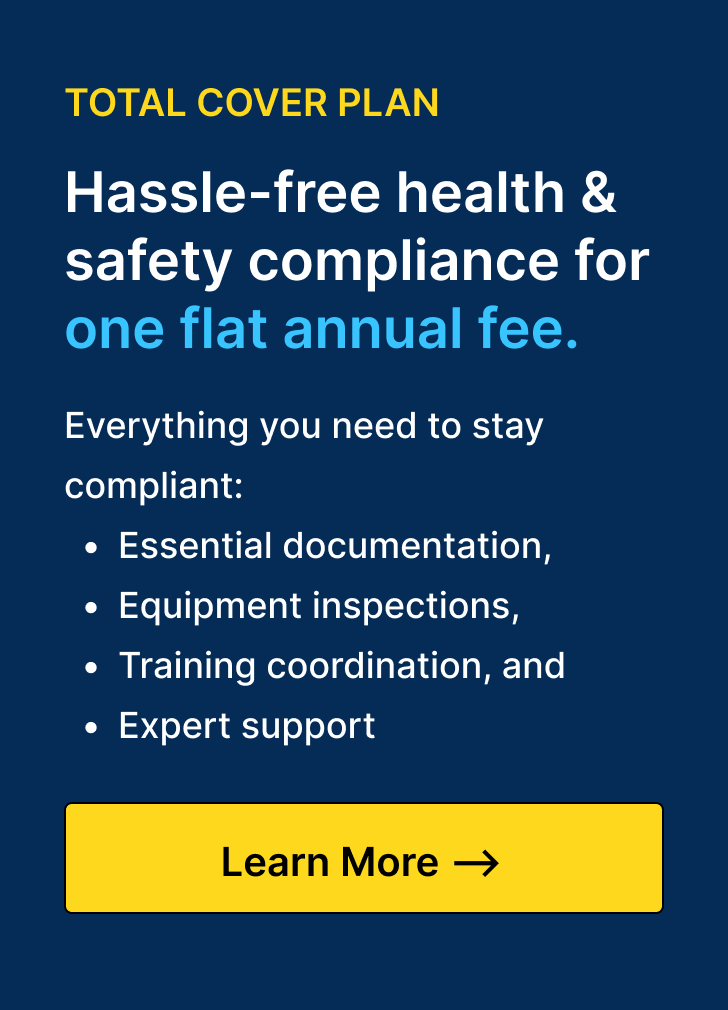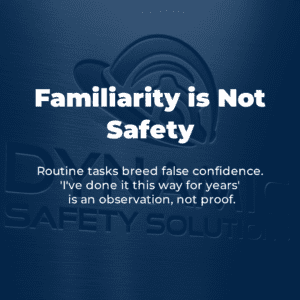On 6th April 2022, the Personal Protective Equipment at Work (Amendment) Regulations 2022 came into force in the UK, extending the duties relating to personal protective equipment (PPE) to cover limb (b) workers. While the core responsibilities from the 1992 Regulations remain unchanged, the scope now covers more casual workers who perform services personally but are not fully self-employed.
Employers must ensure that all relevant workers are provided with appropriate PPE free of charge, are trained in its use, and use it correctly in accordance with the law. In this article, we outline the main changes you need to know and how to stay compliant.
Duties unchanged but extended
Under PPER 2022, the types of duties and responsibilities on employers and employees under PPER 1992 remain unchanged but are now extended to limb (b) workers, as defined in the new regulations.
If PPE is required, employers must ensure their workers have sufficient information, instruction and training on its use.
A limb (b) worker also has a duty to use PPE in accordance with their training and instruction, and to ensure it is returned to the storage area provided by their employer.


PPE changes: What this means for employers
PPER 1992 placed a duty on employers to ensure suitable PPE is provided to ‘employees’ at risk. PPER 2022 now extends this obligation to limb (b) workers.
Employers must:
Provide suitable PPE to both employees and limb (b) workers
Ensure no difference in how PPE is issued to employees and workers
Not charge for PPE, as per the updated regulations
Provide appropriate training and information on PPE use
Enforcement and definition of PPE
The Health and Safety Executive (HSE) inspectors will continue to assess PPE arrangements during routine inspections.
PPE is defined as ‘all equipment (including clothing affording protection against the weather) worn or held by a person at work to protect against health or safety risks’, unless regulated under other specific laws (e.g., asbestos, lead, noise).
Limb (a) and limb (b) workers: What’s the difference?
Section 230(3) of the Employment Rights Act 1996 defines:
Limb (a): Employees with a standard employment contract.
Limb (b): Workers with a more casual or irregular work arrangement who are still entitled to PPE under PPER 2022.
Self-employed individuals are not covered by these changes.
Stay compliant with PPE regulations
Ensure your organisation meets its updated PPE responsibilities with expert advice and support from Dynamic Safety Solutions. We offer health and safety training programmes and consultancy to help you protect your workforce and stay fully compliant. Contact our safety experts today for more information.







